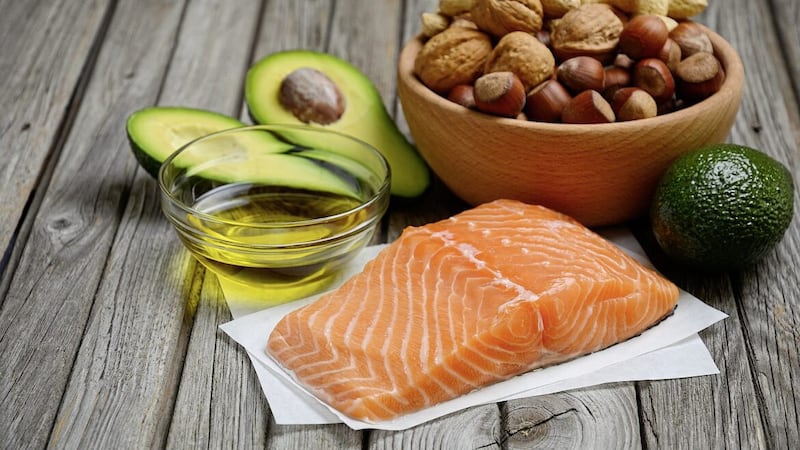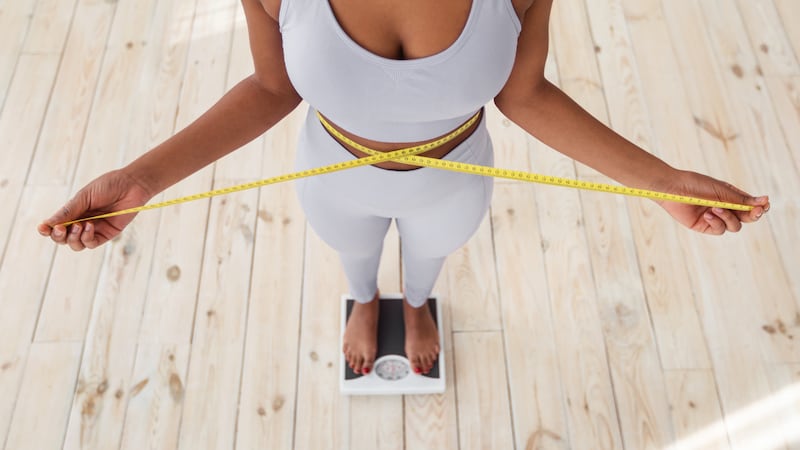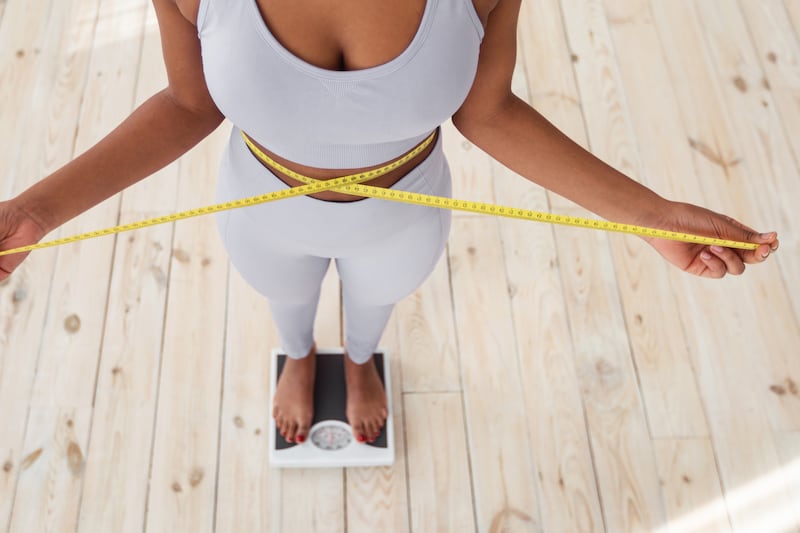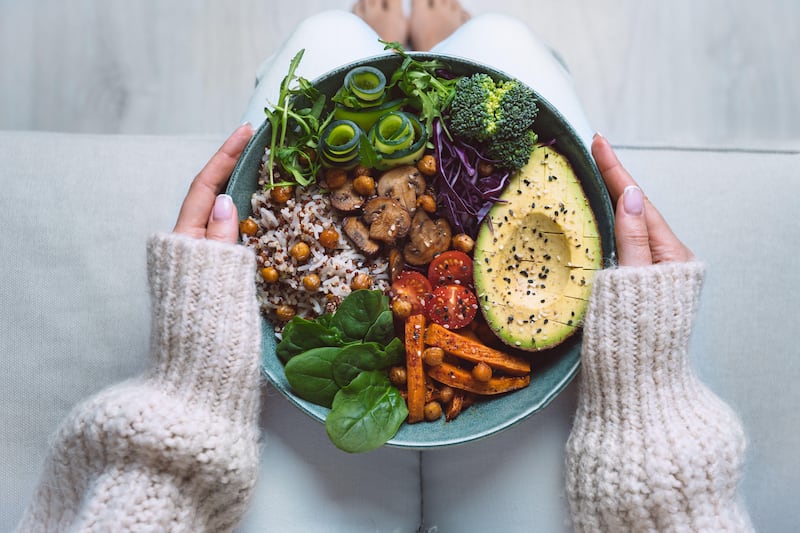Chronic pain is hard to live with. There can be many reasons why people are living with pain – from inflammatory conditions to injuries and everything in between.
For many people, the root cause of chronic, long-term pain is inflammation and good nutrition is essential in helping to manage this.
FAT IS ESSENTIAL
Forget low fat diets. Getting the right balance of healthy fats can have an anti-inflammatory effect on the body. This means focusing on a daily intake of essential fats from oily fish, nuts seeds and olive oil. Avoid low fat diets and think about eating better fats instead.
:: Olive oil every day – drizzle over steamed vegetables, use as a base for dressings and in your cooking.
:: Oily fish like sardines salmon, mackerel, herring or trout two to three times a week.
:: Flaxseed, chia, sunflower, pumpkin and sesame seeds – 1-2 dessertspoonfuls a day. I like Linwoods milled flaxseed mixes. They are really easy to include in your daily diet by adding to breakfast, yoghurts or on top of curries and salads.
PACK IN THE POLYPHENOLS
Polyphenols are found in fruit and vegetables, as well as herbs and spices. They are what give plant foods their vibrant colour and varied flavours. Polyphenols have antioxidant and anti-inflammatory properties, so pack as many into your diet as you can.
Frozen fruit and veg are really handy and easy to cook with, especially if you are not able to get to the shops regularly or have difficulties preparing and cooking food.
Look out for different types as the more variety of fruit and veg you have in your diet, the better. Frozen berries are handy and great value. It is easy to add an extra portion of steamed green veg to your dinner and you can find varieties to stir-fry or roast too.
Add an extra portion of vegetables to your plate when you can – pop some frozen veg into stir-fries, grate a carrot into bolognese or make a tasty seasonal salad for lunchtime.
Aim for half of your plate to be covered in vegetables (or salad) at lunch and dinner and include vegetables as a snack e.g. carrot sticks, peppers, cucumber, sugar snap peas – good with houmous.
PREVENT VITAMIN AND MINERAL DEFICIENCIES
People living with pain are often low in certain nutrients, in particular vitamin D, magnesium and B12.
Vitamin D – the sunshine vitamin – can be limited if you don’t get outside a lot, and especially living in this part of the world where sunshine can be elusive... Vitamin D is an antioxidant and low levels are associated with muscle fatigue. You can get a simple finger-prick vitamin D test online from betteryou.com that will test your levels and recommend how much you need to supplement.
Vitamin B12 plays a role in neurological processes related with pain and low levels of magnesium is associated with muscle spasm, inflammation and neuropathic pain.
Get outside in the sunshine when you can; 10-15 minutes of sun on your arms and legs most days of the week will provide most of your vitamin D requirements. Also consider a vitamin D supplement if you don’t get outside a lot and on days when the sun is not shining.
Meat, fish and dairy are good sources of Vitamin B12. Dark green leafy vegetables, nuts, seeds, 70-85 per cent cocoa chocolate and wholegrains are good sources of magnesium.
KEEP HYDRATED
Dehydration can increase sensitivity to pain, as well as affecting wound healing and digestion.
Aim for 2-3 litres/day by incorporating small frequent drinks between meals.
Set a water bottle on the table and have a glass with meals. Drink some herbal teas between meals to increase your intake.
EAT LESS SUGAR AND PROCESSED FOODS
A diet high in sugars, artificial sweeteners and processed food can exacerbate pain. These types of foods can increase inflammation and make pain worse, as well as contributing to conditions that cause the pain itself.
Swap sugary drinks for water or unflavoured mineral water. Choose better snacks like fruit, vegetable sticks or natural yoghurt.
Instead of takeaway foods, try cooking at home more often. This can be just as easy and quick as buying takeaway foods.








